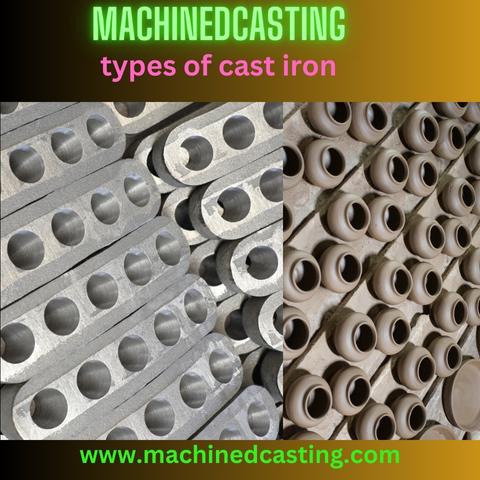Cast iron has been a staple in kitchens and industries for centuries, renowned for its durability and heat retention capabilities. However, not all cast iron is created equal. This comprehensive guide aims to unravel the rich types of cast iron, exploring its various types and their unique characteristics.
Gray Iron: The most common types of cast iron, gray iron, owes its name to the gray color of its fractured surface. It is known for its excellent casting properties and high fluidity during the molten stage. Gray iron is widely used in automotive components, pipes, and cookware due to its strength and cost-effectiveness.
White Iron: In contrast to gray iron, white iron exhibits a white fractured surface. It is characterized by its hardness and abrasion resistance, making it ideal for applications requiring extreme wear resistance, such as in the production of crusher parts and ball mill liners.
Ductile Iron: Also known as nodular or spheroidal graphite iron, ductile iron is created by adding trace amounts of magnesium to molten iron. This imparts a nodular or spherical graphite structure, enhancing its strength and ductility. Ductile iron finds applications in pipes, automotive components, and construction materials due to its improved mechanical properties.
Malleable Iron: Obtained through a heat treatment process of white iron, malleable iron is characterized by its malleability and toughness. It is often used in the manufacturing of hand tools, agricultural equipment, and pipe fittings due to its ability to withstand deformation without breaking.
Compact Graphite Iron: This type of cast iron possesses a unique graphite structure that falls between the flake-like structure of gray iron and the spherical nodules of ductile iron. Compact graphite iron offers a balance of strength and thermal conductivity, making it suitable for engine blocks, cylinder heads, and other high-stress applications.
Chilled Iron: Chilled iron is created by cooling the molten iron rapidly, producing a hard, white surface layer. This type of cast iron is valued for its wear resistance and is commonly used in applications like mill rolls, brake drums, and gears.
Conclusion: As we delve into the diverse world of types of cast iron, it becomes evident that each type has its own set of characteristics, making it suitable for specific applications. Whether you're a chef selecting the perfect skillet or an engineer choosing materials for an industrial project, understanding the nuances of these cast iron varieties is essential for making informed decisions.


No comments yet